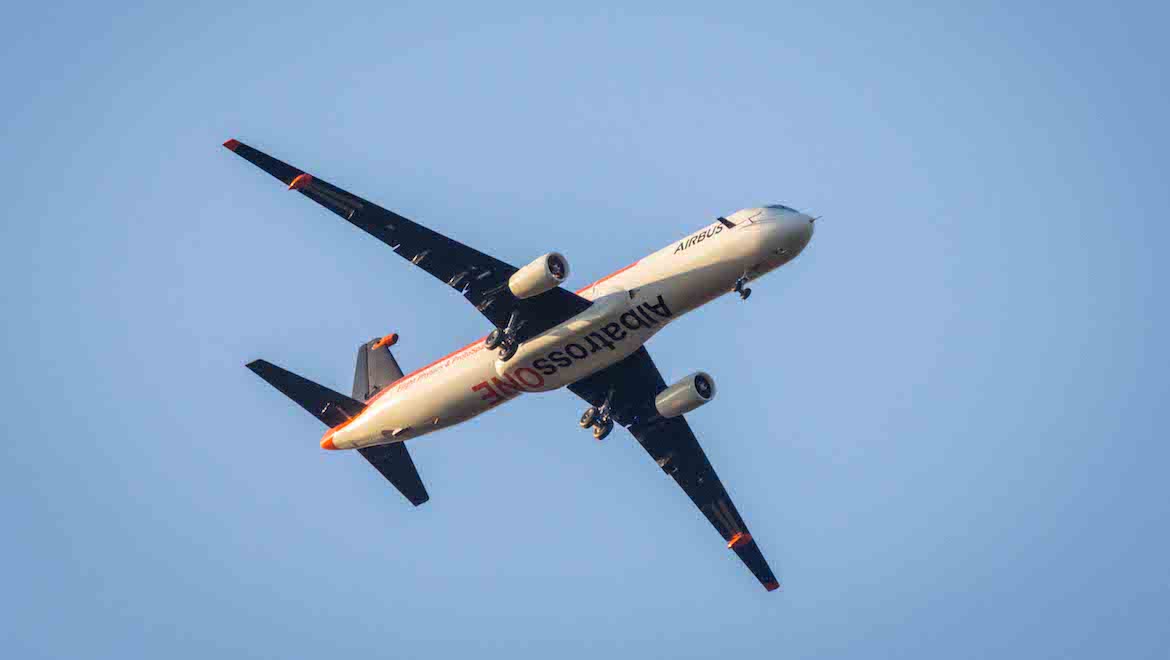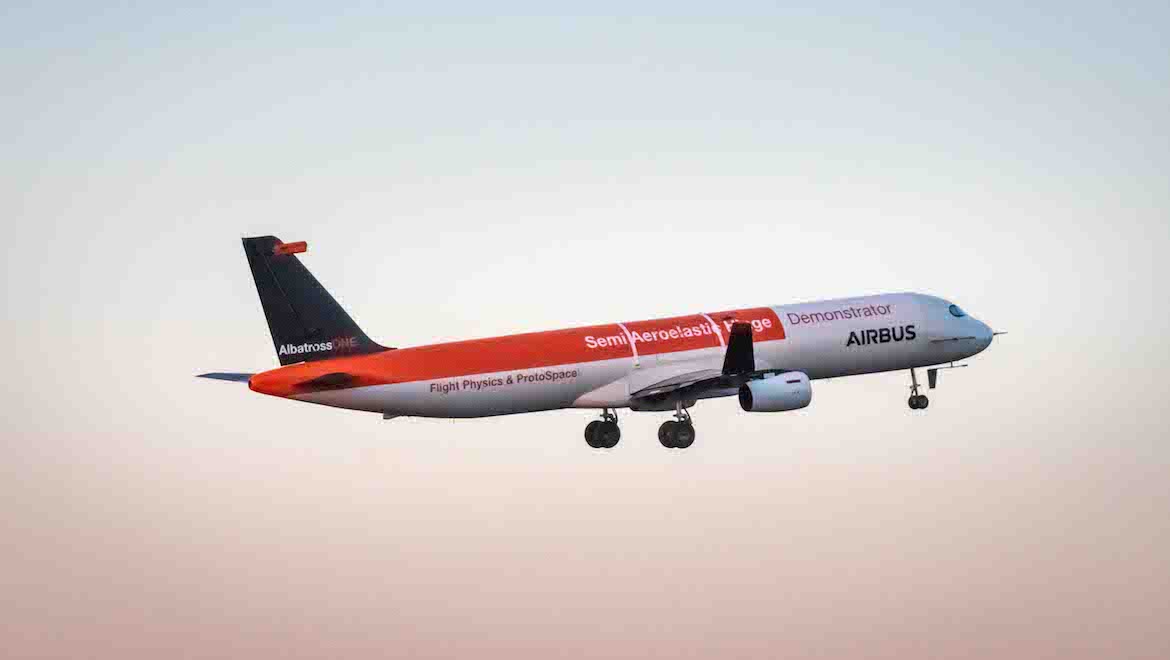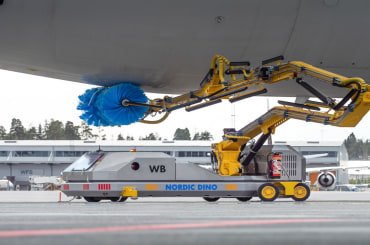
Wing tips that flap like those of birds have been built into an Airbus remotely controlled scale-model plane called AlbatrossOne that is undergoing tests to gauge its effectiveness in combatting turbulence and wind gusts through reduced drag and less structural weight on the wing.
The model is named after the large sea bird that soars with wings locked at its shoulder but unlocks them in response to turbulence or the need for propulsion or manoeuverability. Airbus said on June 13 it was the first aircraft to be developed at its United Kingdom facility at Filton, near Bristol, since the Concorde.
The aircraft manufacturer began testing the model plane in February after 20 months of development. It will do further tests before scaling up the model, based on its A321 aircraft.
The wings are made of carbon fibre and glass fibre reinforced polymers, plywood and components from additive-layer manufacturing.
The semi-aero elastic hinge concept is centred on a lock, permitting the sudden release in response to a gust, Airbus said.
“While hinged wing-tips are not new – military jets employ them to allow greater storage capacity on aircraft carriers – the Airbus demonstrator is the first aircraft to trial in-flight, freely-flapping wing-tips to relieve the effects of wind gusts and turbulence,” Airbus engineer at Filton Tom Wilson said in a statement.
“The AlbatrossOne model will explore the benefits of unlockable, freely-flapping wing-tips, accounting for a up to a third of the length of the wing, to react autonomously during in-flight turbulence and lessen the load on the wing at its base, so reducing the need for heavily reinforced wing boxes.”

Airbus executive vice-president of engineering Jean-Brice Dumont said when there was a wind gust or turbulence, the wing of a conventional aircraft transmitted huge loads to the fuselage, so the base of the wing had to be heavily strengthened, adding weight to the aircraft.
“Allowing the wing-tips to react and flex to gusts reduces the loads and allows us to make lighter and longer wings,” Dumont said.
Further, Dumont said the longer the wing, the less drag it created up to an optimum, so there was potentially more fuel efficiencies to exploit.
Initial testing has focused on its stability with the wingtips locked and completely unlocked, Filton engineer James Kirk said.
“The next step is to conduct further tests to combine the two modes, allowing the wing-tips to unlock during flight and to examine the transition.”
VIDEO: Footage of the AlbatrossOne in fight from the Fly News Magazine YouTube channel.












